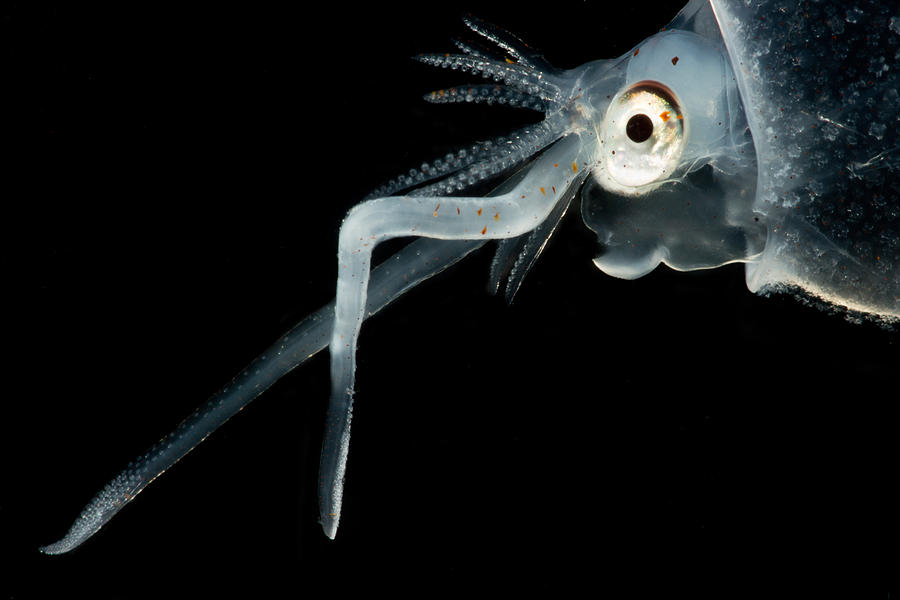
Life : Animalia : Mollusca : Cephalopoda : Oegopsida : Cranchiidae Global Biodiversity Information Facility ID (GBIF)
#Cockatoo squid license
This is usually held in a vertical position to reduce its silhouette and a light organ is sometimes present on the lower tip to further minimise its appearance in the water.įrom Wikipedia article at, which is released under the Creative Commons Attribution-Share-Alike License 3.0. Often the only organ that is visible through the transparent tissues is a cigar-shaped digestive gland, which is the cephalopod equivalent of a mammalian liver. This buoyancy system is unique to the family and is the source of their common name "bathyscaphoid squid", after their resemblance to a bathyscaphe. A large, fluid-filled chamber containing ammonia solution is used to aid buoyancy. Eye morphology varies widely, ranging from large and circular to telescopic and stalked.

Many species are bioluminescent organisms and possess light organs on the undersides of their eyes, used to cancel their shadows. They are characterised by a swollen body and short arms, which bear two rows of suckers or hooks. Cranchiid squid spend much of their lives in partially sunlit shallow waters, where their transparency provides camouflage. The common name, glass squid, derives from the transparent nature of most species. They range in mantle length from 10 cm (3.9 in) to over 3 m (9.8 ft), in the case of the colossal squid. Cranchiid squid occur in surface and midwater depths of open oceans around the world. The family Cranchiidae comprises the approximately 60 species of glass squid, also known as cockatoo squid, cranchiid, cranch squid, or bathyscaphoid squid. Please report any problems Cranchiidae Description Scientists say the Gulf of Alaska's "ecological health has been compromised by recent anomalous warming in the North Pacific since 2014 and has already shown ecosystem-wide responses from phytoplankton, the small microalgae supporting the base of the food web, to the largest whales," says the mission report.BETA TEST - Fossil data and pages are very much experimental and under development. It thereby transforms itself from a nearly transparent squid into a very dark one," says Tree of Life. "When disturbed, this squid hyperinflates the mantle with water and releases ink inside the mantle cavity. Some species of the squids can grow to more than 9 feet in length, according to Our Breathing Planet.


The cockatoo squid, also known as the glass squid, is "often transparent except for the eyes and the visceral nucleus," notes Tree of Life. The footage, which has been viewed thousands of times in the past week, was taken with a remotely operated vehicle at a depth of 1,729 feet "along the Gulf of Alaska continental slope," which is the northern-most portion of the North Pacific, NOAA says.Įxplorers were in the region to find out more about how climate change has impacted the deepest areas of the Gulf of Alaska, which has "numerous channels, deep water canyons, and seamount chains," NOAA says. "It's a cockatoo squid!" NOAA said in the post.
#Cockatoo squid skin
In the brief video posted on Facebook, the camouflaged squid's skin is completely invisible, allowing all its luminescent entrails to be seen.


 0 kommentar(er)
0 kommentar(er)
